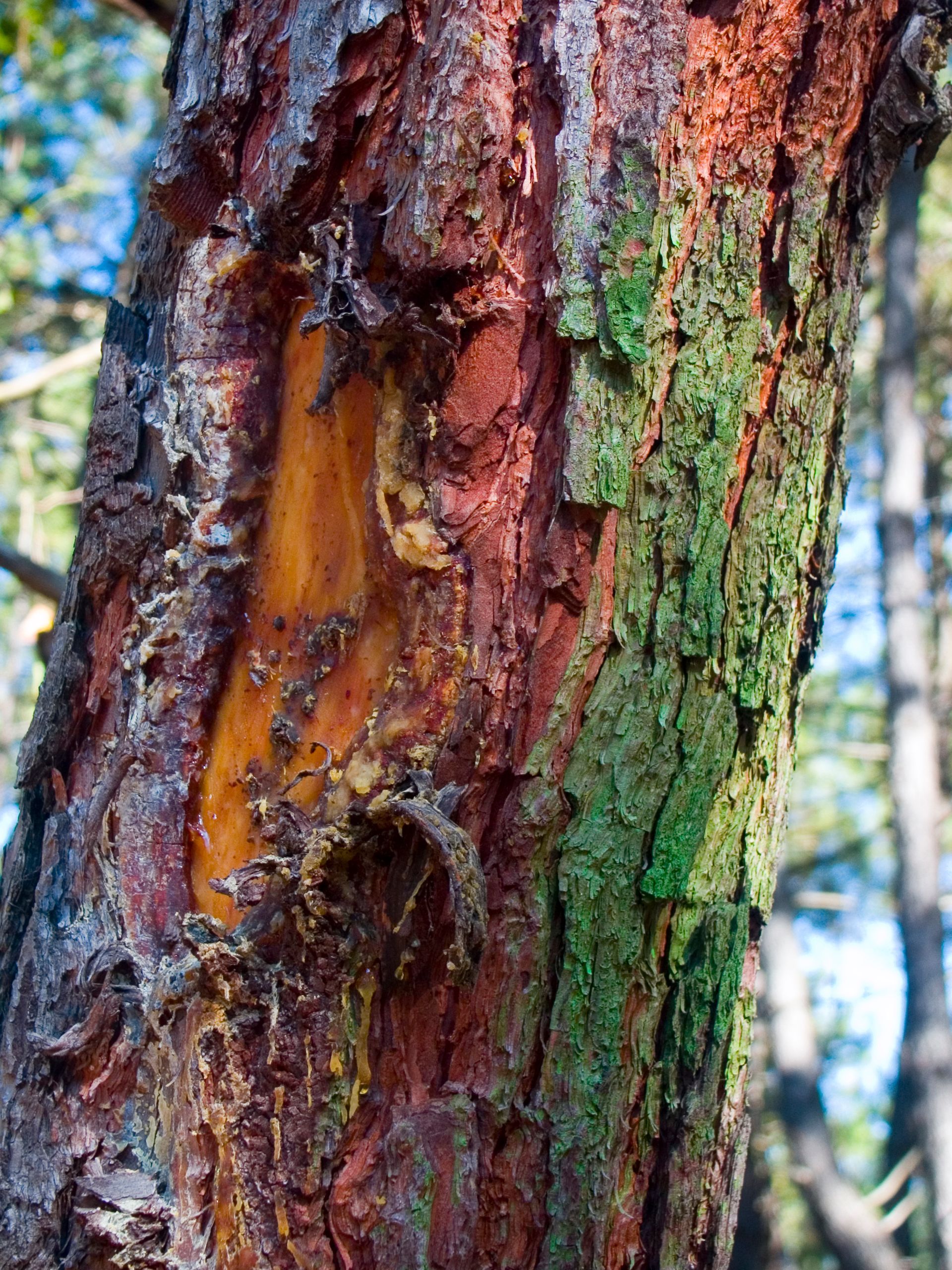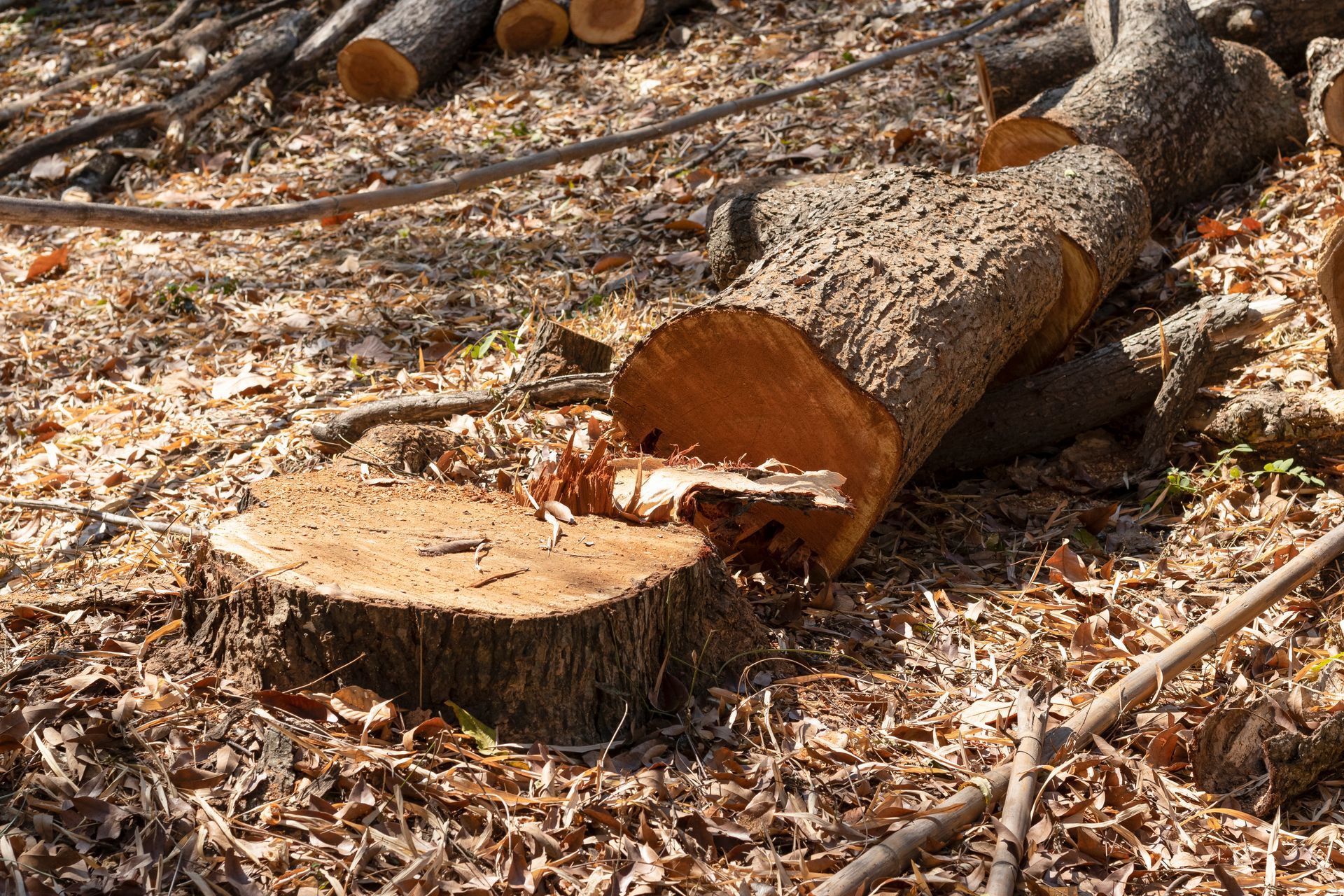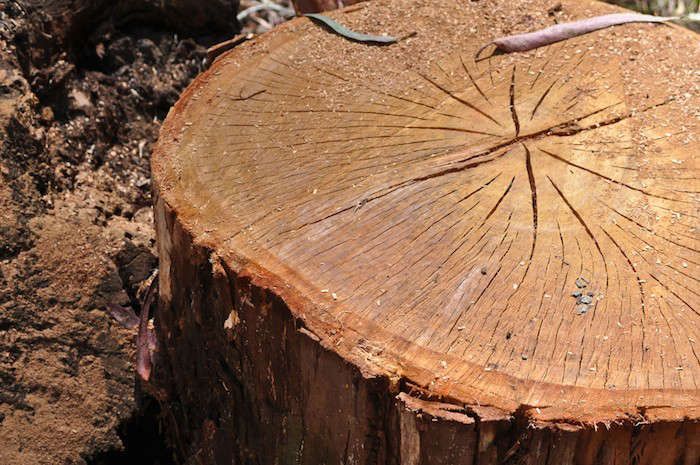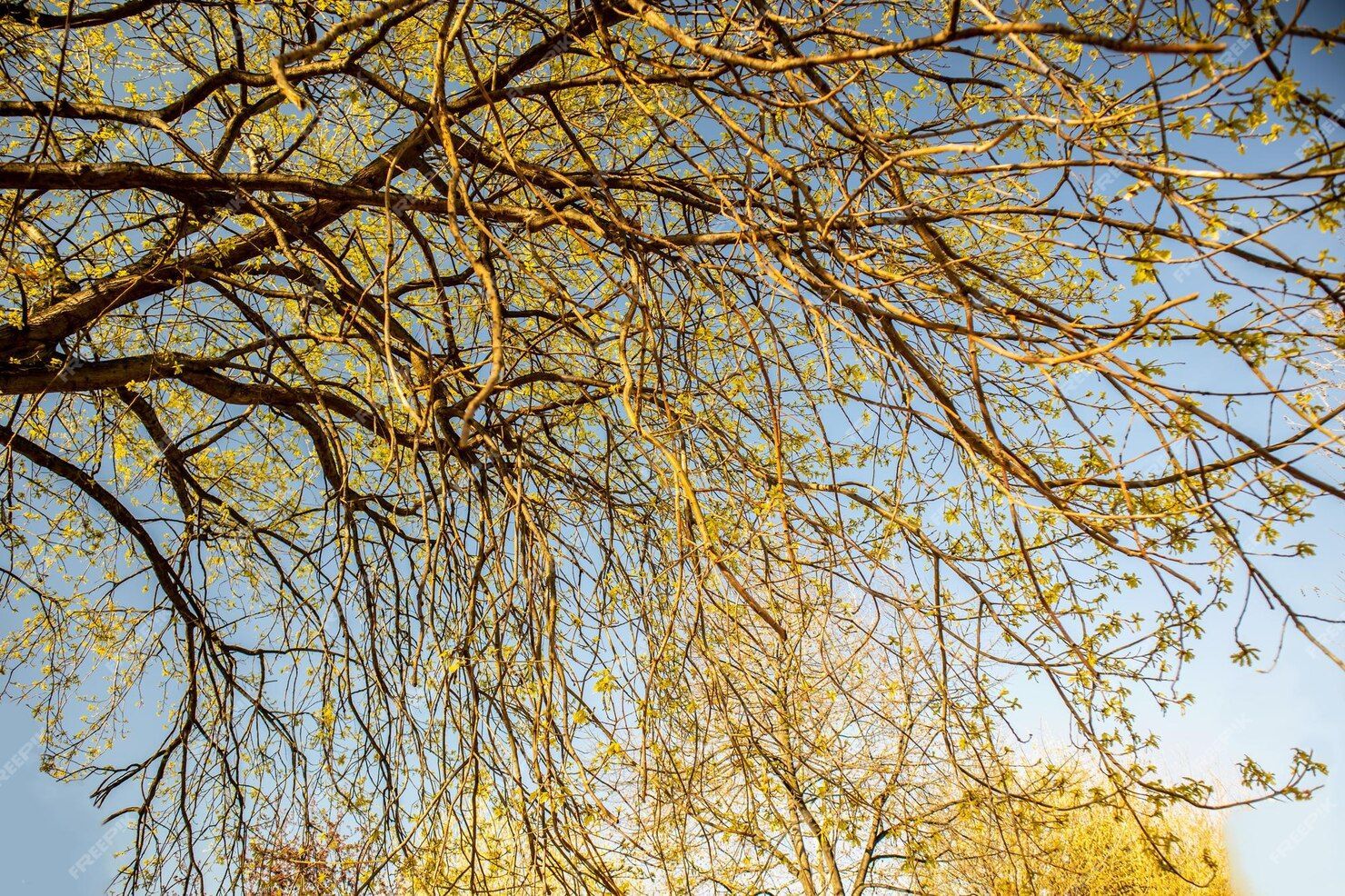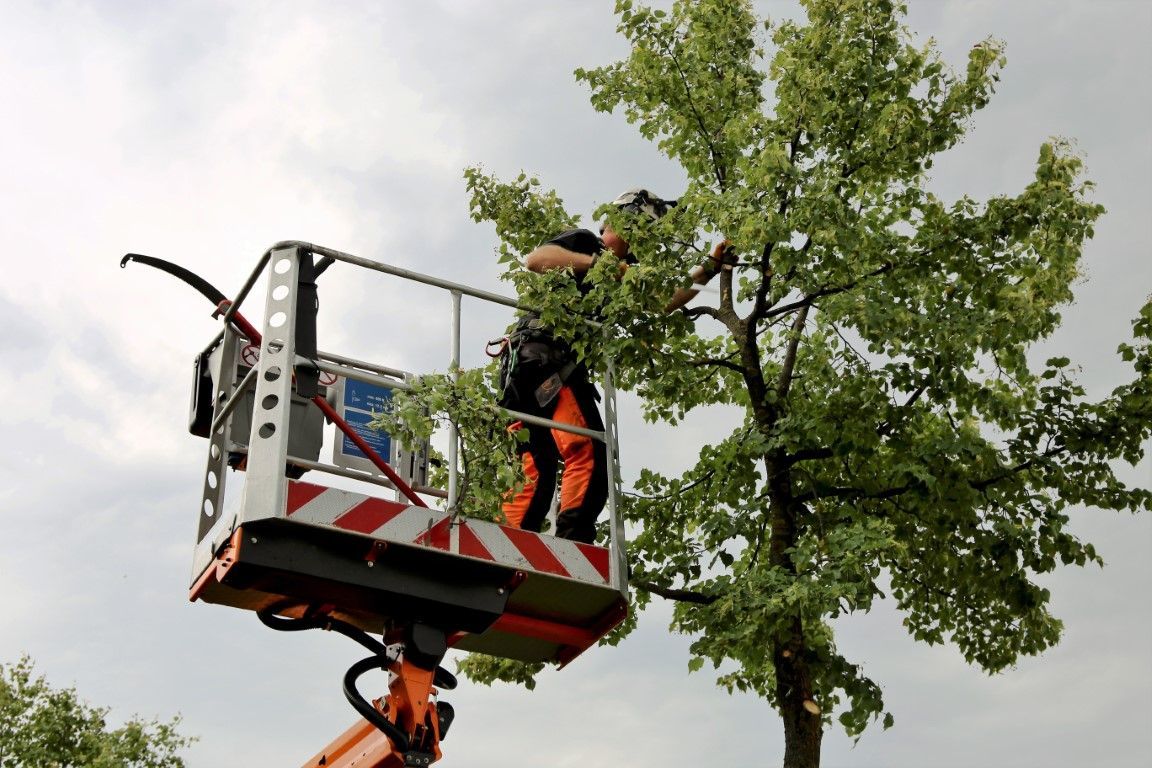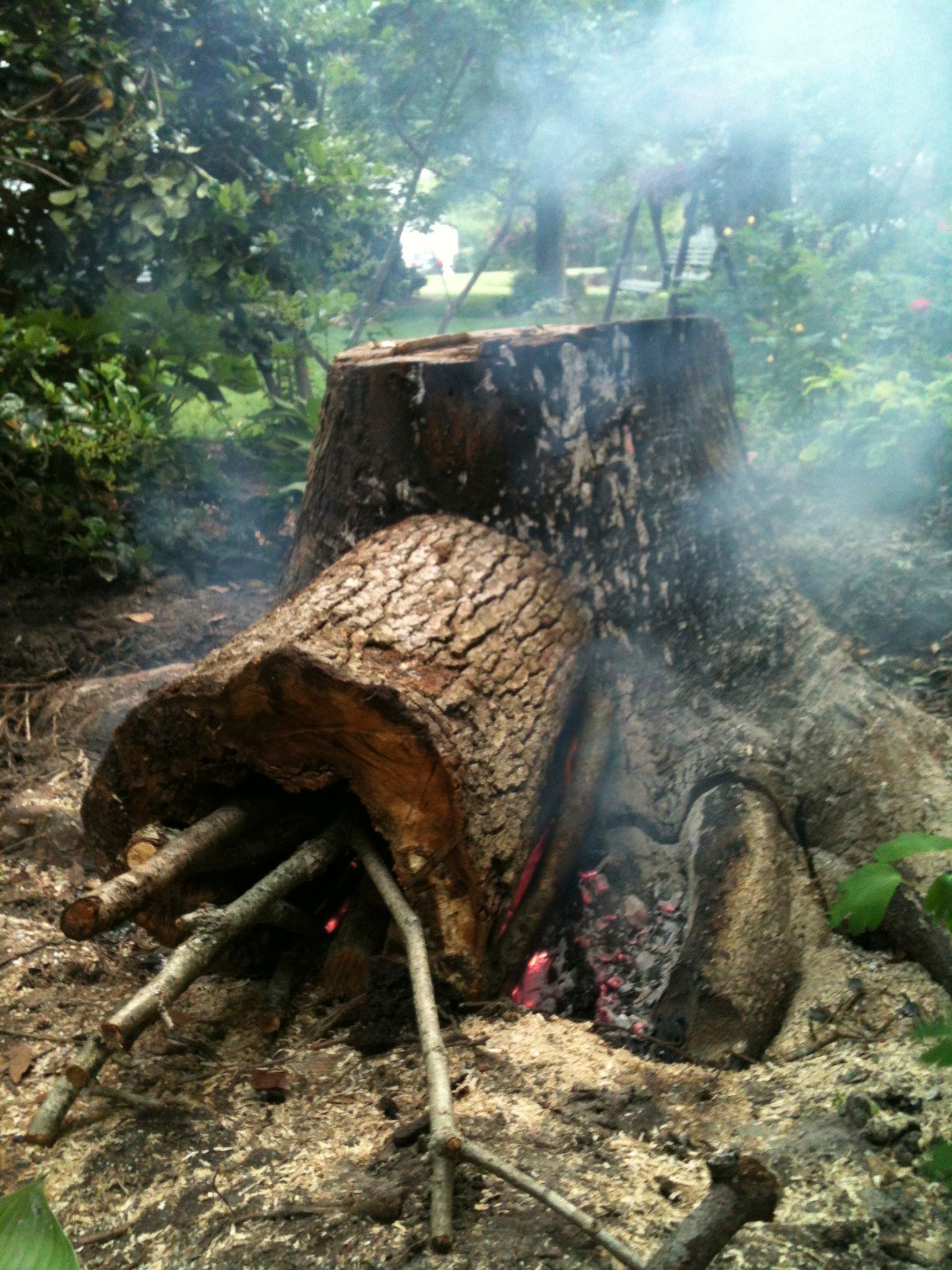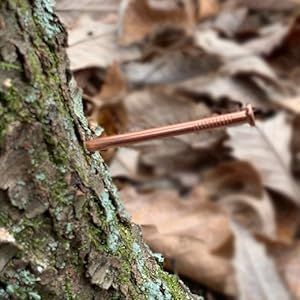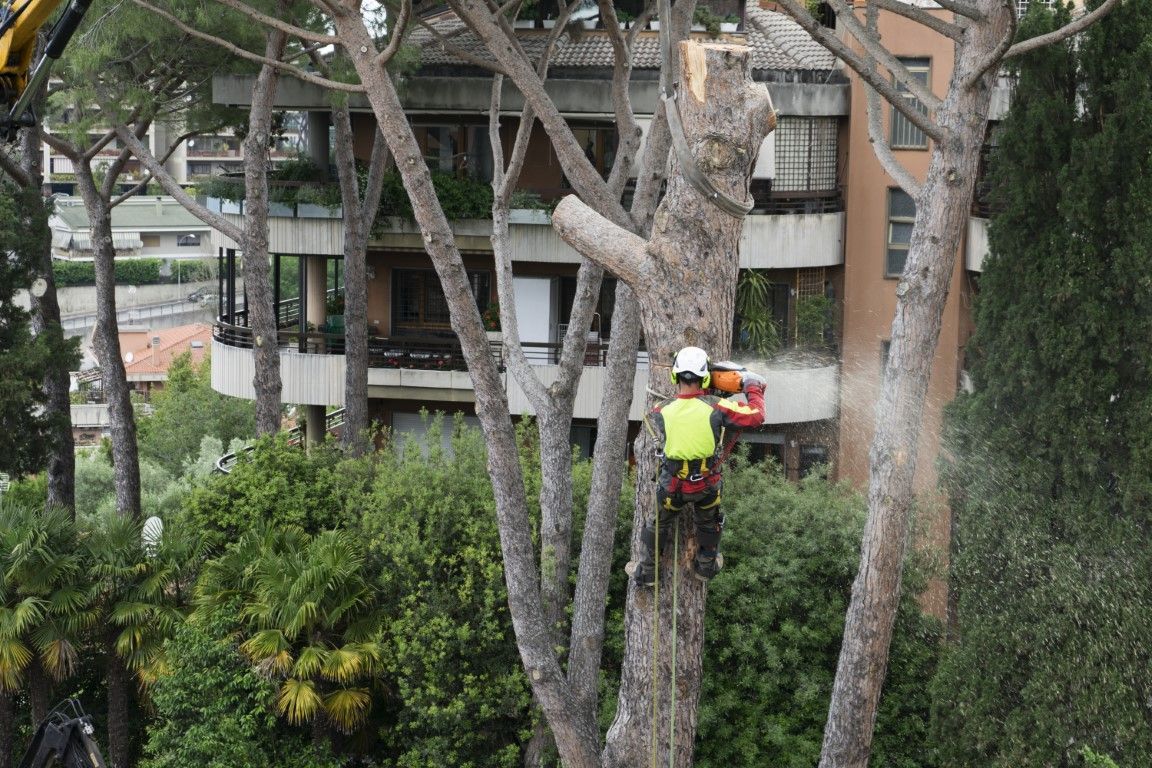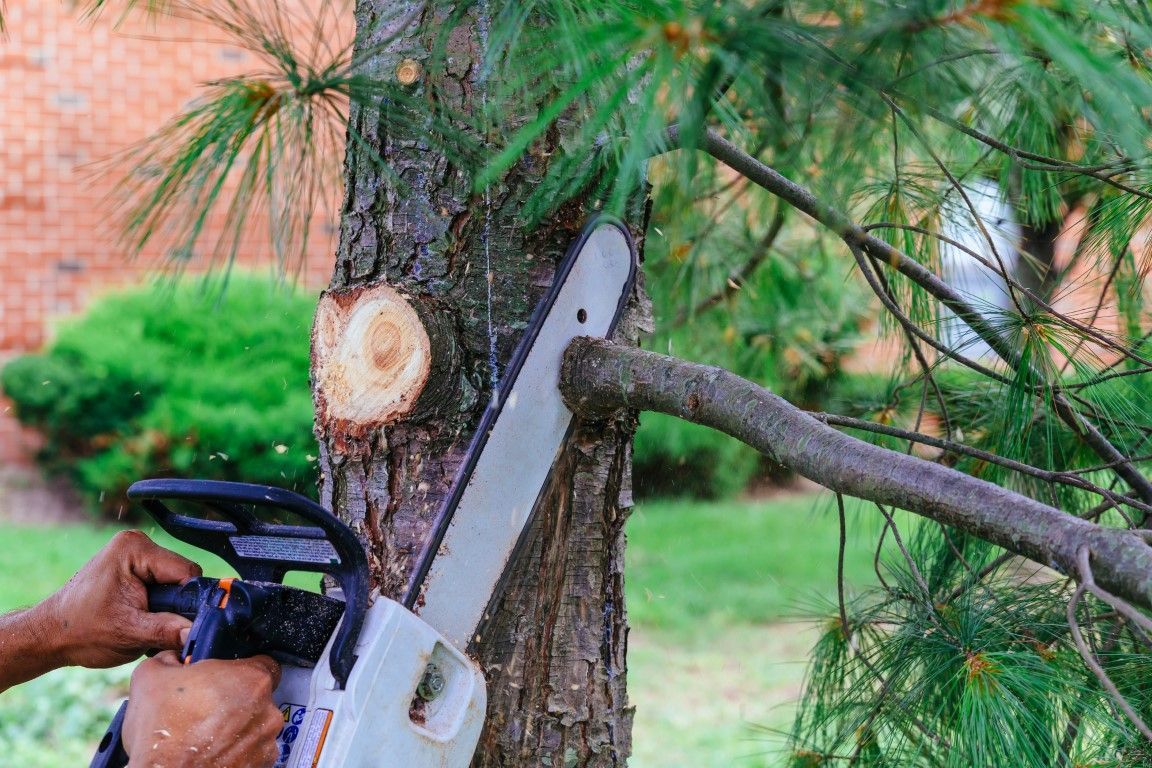What is the Tree Law in Connecticut?
Tree law in Connecticut refers to the legal principles and regulations that govern the ownership, care, and removal of trees in the state. Understanding tree law is essential for property owners to avoid disputes and ensure compliance with local regulations. In this article, we'll explore the key aspects of tree law in Connecticut.
Ownership of Trees
In Connecticut, the general rule is that a tree belongs to the owner of the land on which it grows, regardless of where the trunk is located. This means that if a tree's trunk is entirely on your neighbor's property, but its branches overhang onto your property, you do not have the right to trim or remove those branches without your neighbor's permission.
Responsibility for Tree Maintenance
Property owners are generally responsible for maintaining trees on their property. This includes trimming branches that overhang onto neighboring properties and ensuring that trees are not a hazard to neighboring properties or public areas.
Liability for Tree Damage
Property owners can be held liable for damage caused by their trees. If a tree on your property falls and damages a neighbor's property, you may be responsible for the cost of repairs. However, liability is not absolute, and factors such as whether the tree was healthy and well-maintained or if the damage was caused by a natural disaster may affect liability.
Tree Removal
In Connecticut, property owners have the right to remove trees on their property, but there are restrictions. For example, if a tree is considered a landmark or part of a protected area, special permission may be required for removal. Additionally, if a tree removal causes damage to neighboring properties, the property owner may be held liable.
Tree Law Disputes
Disputes over trees are common among neighbors. If you have a tree-related dispute with a neighbor, it's essential to try to resolve the issue amicably. If that fails, you may need to seek legal advice to understand your rights and obligations under Connecticut tree law.
Conclusion
Tree law in Connecticut is complex and can vary depending on the specific circumstances. Understanding your rights and obligations as a property owner is crucial to avoiding disputes and legal issues. If you have questions or concerns about tree law in Connecticut, it's advisable to seek legal advice to ensure that you are in compliance with local regulations.
LET'S CONNECT!
Are you worried about the tree branches that are dangerously close to your roof? Or maybe you have a tree that has grown so much that it has engulfed your home, making it almost impossible to get natural light. We don't just cut down, prune, or trim trees; we do it with care, ensuring that your property is left in pristine condition. Nothing gives us more joy than seeing your smile of satisfaction after a job well done. Hire Boa Bloomfield Tree Service today, and let's get your property transformed!
QUICK LINKS
COMPANY INFO
Boa Bloomfield Tree Service
30 E Wintonbury Ave, Bloomfield, CT 06002, United States of America
